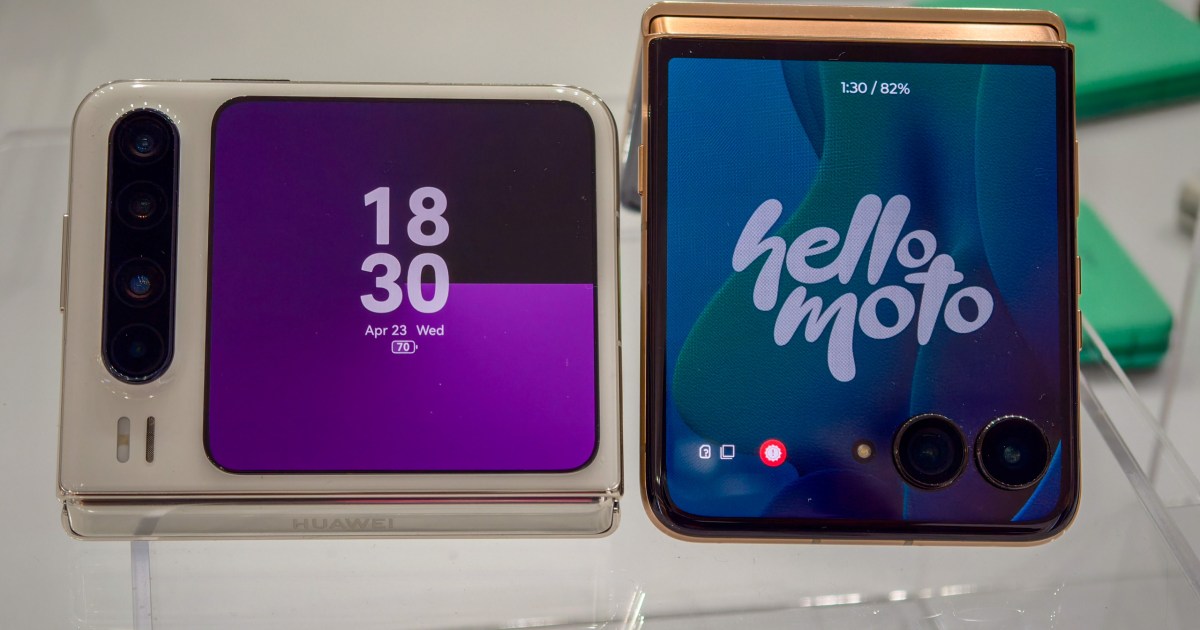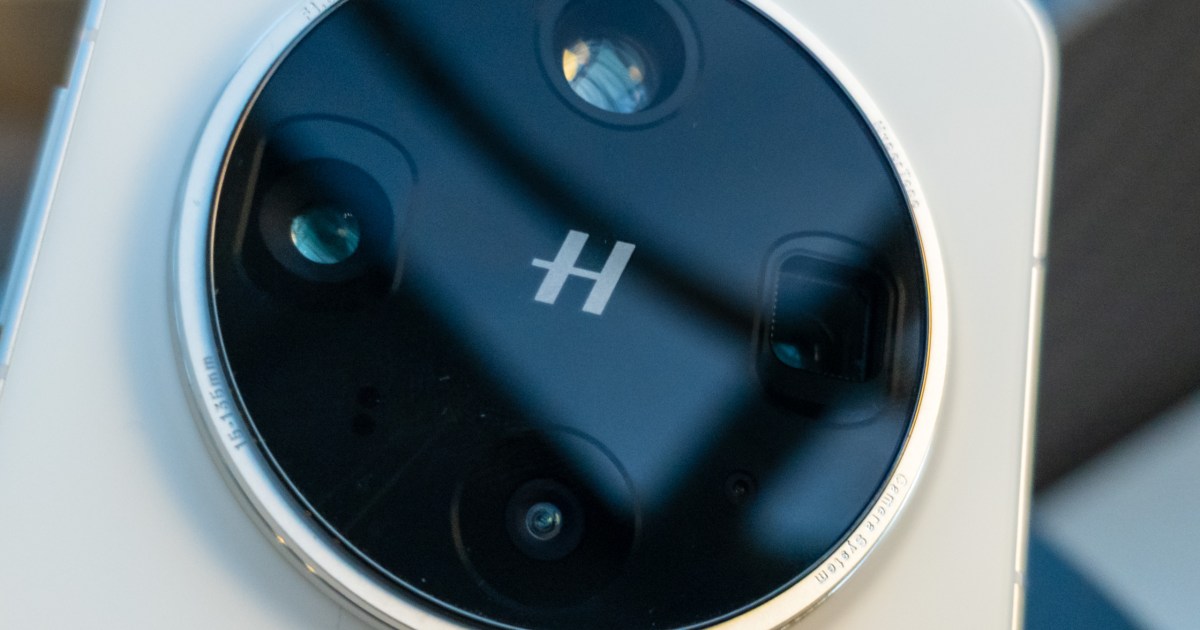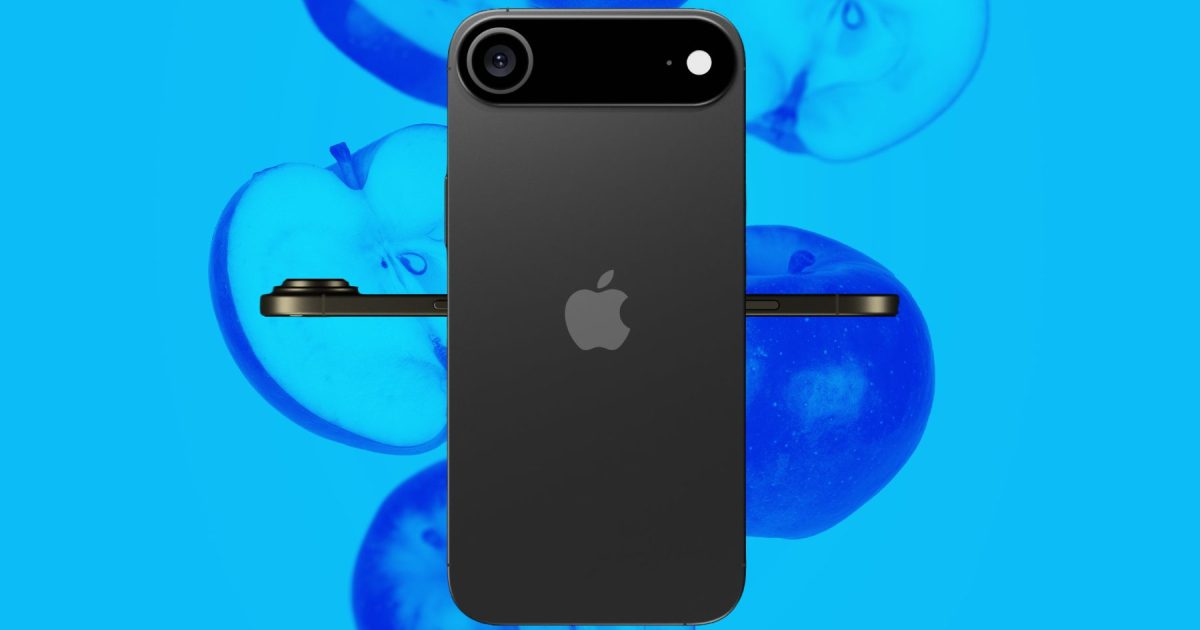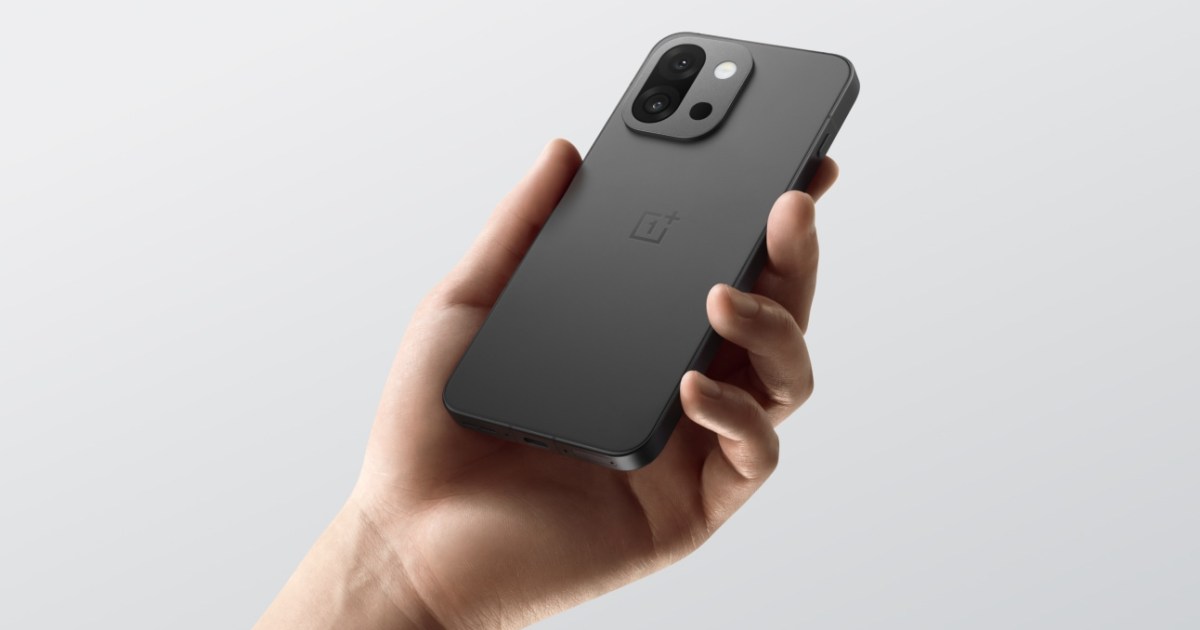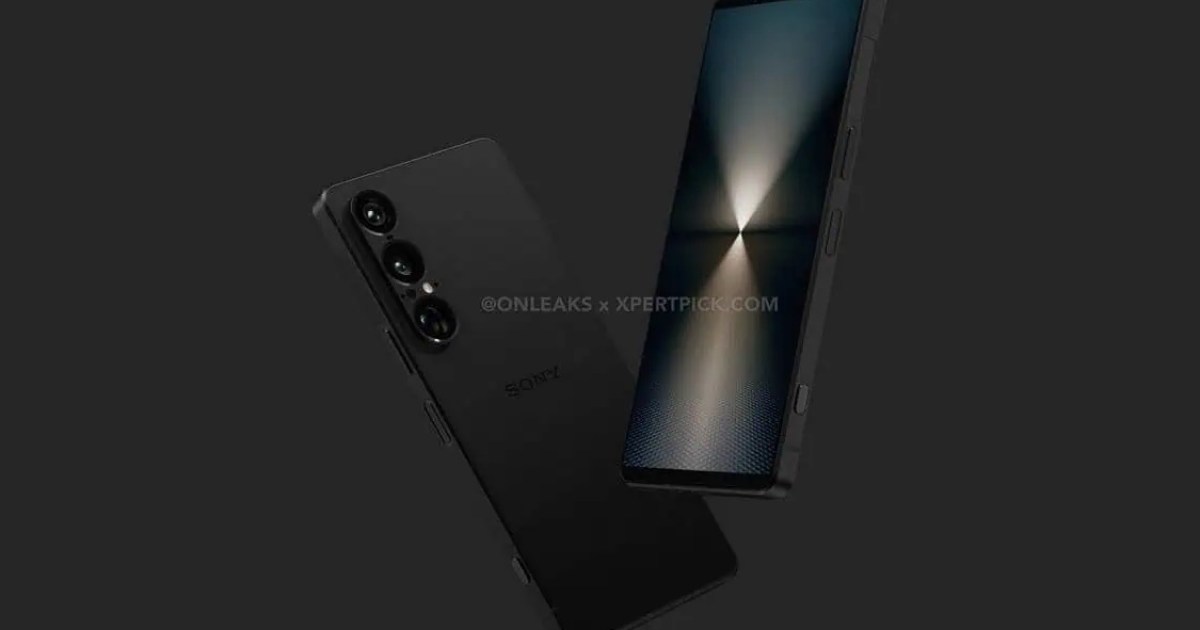Meta’s Ray-Ban AI glasses, launched in October 2023, have undergone a significant evolution. While a successor hasn’t been officially announced, Meta has consistently expanded their features, making them a standout AI gadget. These updates, focused on improving everyday use, pave the way for what we might expect in future generations. This article explores the current capabilities of the Ray-Ban Meta glasses, highlights recent feature additions, and discusses what the future might hold for this evolving technology.
 Prakhar Khanna wearing the Ray-Ban Meta Glasses.
Prakhar Khanna wearing the Ray-Ban Meta Glasses.
Having owned a pair of Headliner Meta Ray-Bans since January 2024, I can attest to their utility as a constant travel companion. Their appeal lies not just in the ability to capture on-the-go videos, but in their subtle integration of AI. These glasses don’t overtly announce their technological prowess, instead offering a seamless blend of style and functionality, which has only improved over the past 18 months.
From Basic Functionality to Enhanced AI Capabilities
Initially, the Meta Ray-Bans offered a limited feature set, including music playback, call answering, hands-free navigation, and video recording. However, subsequent updates have significantly broadened their capabilities. Now, features like Meta AI object recognition and WhatsApp video calls enrich the user experience. From capturing thrilling POV videos on rollercoasters to quickly filming hands-on demos at Mobile World Congress, these glasses consistently deliver high-quality results, particularly with their surprisingly capable 12MP camera in daylight.
 The Ray-Ban Meta smart glasses in the case.
The Ray-Ban Meta smart glasses in the case.
The open-ear audio design, while prone to leakage at high volumes, provides clear audio without completely isolating the user from their surroundings. This creates an immersive experience, whether enjoying music at a theme park or engaging in conversations. Importantly, the Ray-Ban Meta glasses achieve all of this while maintaining a stylish aesthetic, avoiding the awkwardness sometimes associated with wearable tech. Their design, from the glasses themselves to the convenient charging case, prioritizes lifestyle integration over overt gadgetry. This thoughtful approach eliminates the need for extra wires or charging pucks, a significant advantage, especially considering the increased battery drain from longer video recording times (now up to three minutes).
Recent Updates and Expanded Availability
 Ray-Ban Meta Glasses worn by Prakhar Khanna.
Ray-Ban Meta Glasses worn by Prakhar Khanna.
Meta continues to enhance the Ray-Ban Meta glasses with new features, styles, and expanded availability. Offline live translation for French, Italian, and Spanish, a boon for international travelers, allows for seamless communication and real-time translation of conversations, movies, and lectures. Meta AI is also rolling out to more European countries, enabling users to query their surroundings and get contextual information. Integration with WhatsApp and Messenger for calls and messages is already available, with Instagram support promised soon. Music service compatibility is also expanding beyond the US and Canada, with Spotify, Amazon Music, Apple Music, and Shazam integration on the horizon. Furthermore, Meta plans to launch the $299 smart glasses in India, Mexico, and the UAE, although specific pricing and availability details are yet to be confirmed.
Looking Ahead: Desired Features for the Next Generation
 A person holding the Ray-Ban Meta smartglasses.
A person holding the Ray-Ban Meta smartglasses.
While Meta’s commitment to ongoing updates is commendable, several improvements would further enhance the next generation of Ray-Ban Meta glasses. Improved battery life is crucial, especially given the increased power demands of extended video recording. A more robust hinge design would address potential durability concerns. The ability to select video aspect ratios and reduced shutter lag would significantly improve the camera functionality.
The Future of Meta Glasses: AR on the Horizon?
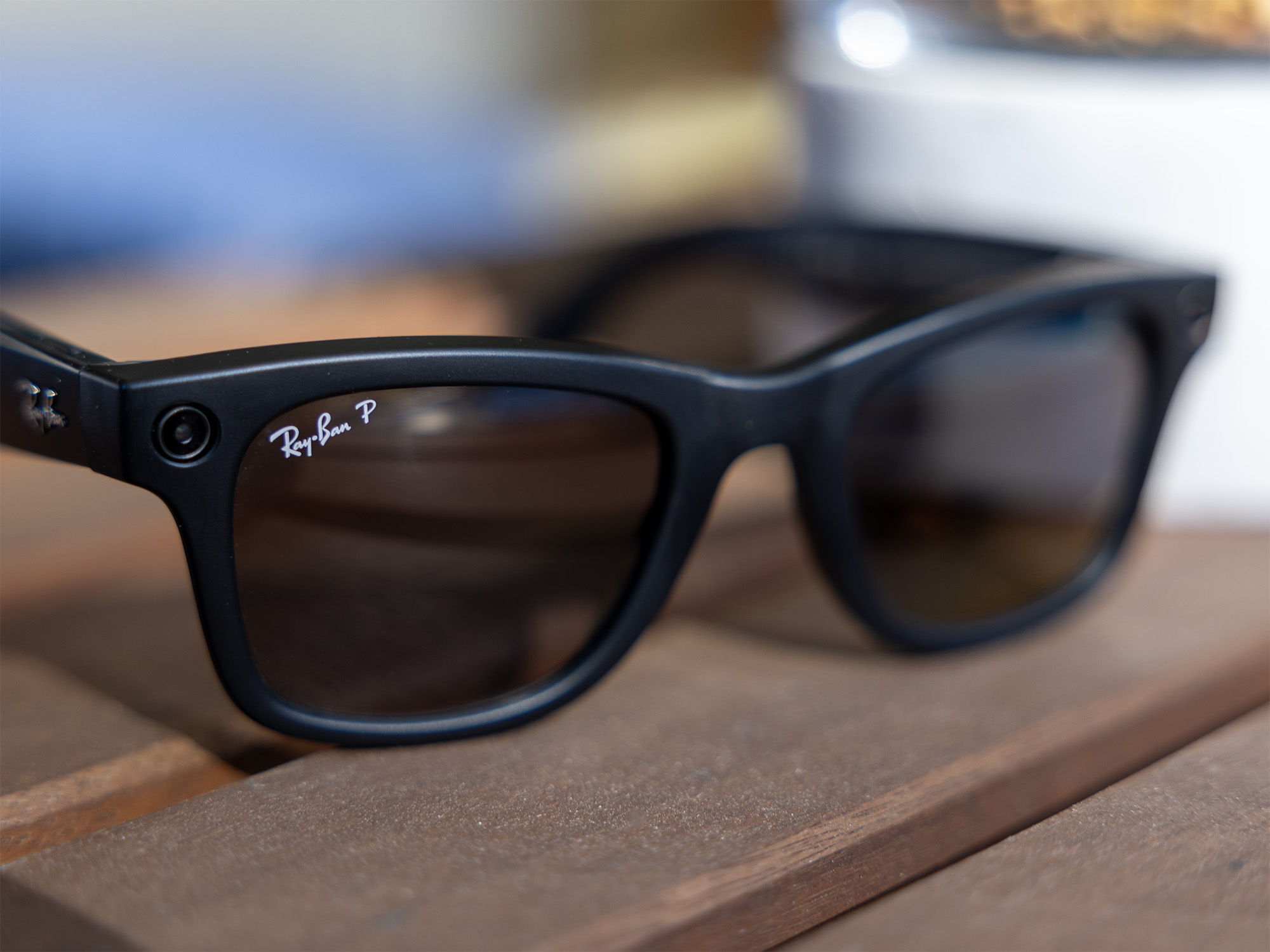 A pair of Ray-Ban Meta smartglasses on a table.
A pair of Ray-Ban Meta smartglasses on a table.
Rumors suggest that Meta is developing screen-equipped smart glasses, potentially marking a shift towards augmented reality (AR). These high-end glasses, codenamed Hypernova, are rumored to feature display graphics, hand gesture tracking, and potentially integration with a neural wristband for enhanced control. With an estimated price tag between $1,000 and $1,400, these glasses could represent a distinct product line. Despite these exciting prospects, the current Ray-Ban Meta glasses remain a compelling AI product, seamlessly integrating technology into everyday life. Meta’s dedication to continuous improvement suggests a bright future for this evolving technology.




